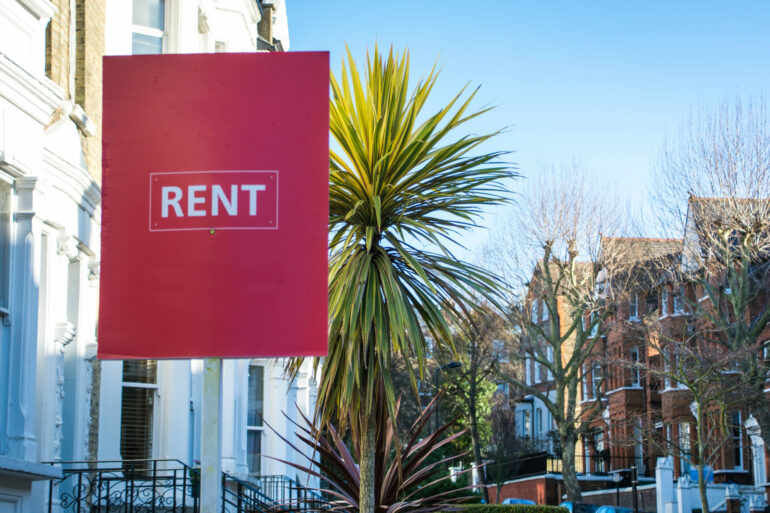Private renters in England are spending more than a third of their household income on average rents, according to the latest analysis from the Office for National Statistics (ONS).
The figures show that in the financial year ending 2024, renters on a median household income were spending 36.3% of their income on an average-priced rented home, compared with 25.9% in Wales and 25.3% in Northern Ireland.
The 30% affordability threshold is widely used to determine whether rent levels are considered affordable.
Private rental affordability has fluctuated since 2016, but England has remained consistently above the threshold.
In contrast, affordability ratios in Wales and Northern Ireland have stayed below 30%, converging at similar levels in recent years.
The ONS noted that private renters’ incomes have generally increased faster than rents across all three countries since 2016.
However, since 2021 rents have accelerated at a greater pace, creating diverging patterns: incomes have continued to rise faster than rents in England, but lagged behind in Wales and Northern Ireland.
London remained the least affordable region, with private renters spending 41.6% of their household income on average rents.
The capital has consistently pushed England’s overall affordability ratio above the threshold, despite most other English regions being below it.
At the other end of the scale, the North East was the most affordable region, with rents equivalent to just 19.8% of household income.
Out of 316 local authorities in England and Wales, two-thirds (68.7%) had an average rent below the affordability threshold in 2024, a similar share to the previous year.
Hartlepool was the most affordable local authority, with rents accounting for 15.9% of household income.
Kensington and Chelsea remained the least affordable at 74.3%, continuing its position as the most expensive area in the series.
Other areas with the least affordable rents included all London boroughs, as well as major urban centres such as Bristol, Bath and North East Somerset, Brighton, and Trafford.
Commuter towns such as Sevenoaks and Watford also featured prominently.
In Wales, 22 of 24 local authorities (91%) had rents below the threshold, with Cardiff and Vale of Glamorgan the exceptions.
The data shows that average rents in London have ranged from 38.5% to 57% of private renters’ household incomes since 2016.
In all other English regions, rents have remained between 19% and 36% of incomes over the same period.
The ONS stressed that the analysis reflects the affordability of households already renting in the private sector and cautioned against direct comparisons with pre-2023 data due to a change in methodology.
Reaction:
Lorna Shah, managing director, Retail Retirement at L&G:
“Today’s data on private rental affordability from the Office for National Statistics (ONS) finds that the percentage of income private renters in England can expect to spend on their rent has increased from 34.2% in 2023, to 36.3% last year.
“The data considers the income of people who are employed, who will no doubt feel the impact of rising rents on their household budgets, however we also know that there are a larger number of people renting into retirement than ever before, and it’s a number that is rising.
“The Office for Budget Responsibility (OBR) projects that by 2041, 17% of pensioners may live in private rentals – up from 6%, an additional 1.2 million people compared to today.
“Given that many retirees have fixed incomes, rises in housing costs such as this will disproportionally impact them.
“It’s really important for those who are planning to rent once they stop working to factor in the variable nature of the rental market, to ensure they have enough set aside to cover any increase in costs.”
Olivia Harris, chief executive at Dolphin Living,:
“Today’s publication of the latest figures on private rental affordability in England by the ONS highlights yet again just what a high proportion of median income Londoners are paying in rent at 41.6%.
“This is significantly above all other areas of England and once again demonstrates the unique challenges the capital faces when it comes to housing.
“It is also significantly above the 30% that is considered affordable and above the third of median earnings on which the Mayor of London’s London Living Rents are based.
“That in several Inner London Boroughs we have households paying rent equivalent to over 50% of median earnings, means that we risk losing huge swathes of critical workers who need to work within London, yet cannot afford to live here.
“This affordability challenge risks being further compounded by the number of private landlords leaving the market and further reducing supply.
“The only real solution to this is a massive expansion of housing for intermediate rent, either through a substantial new-build or acquisitions programme.”



